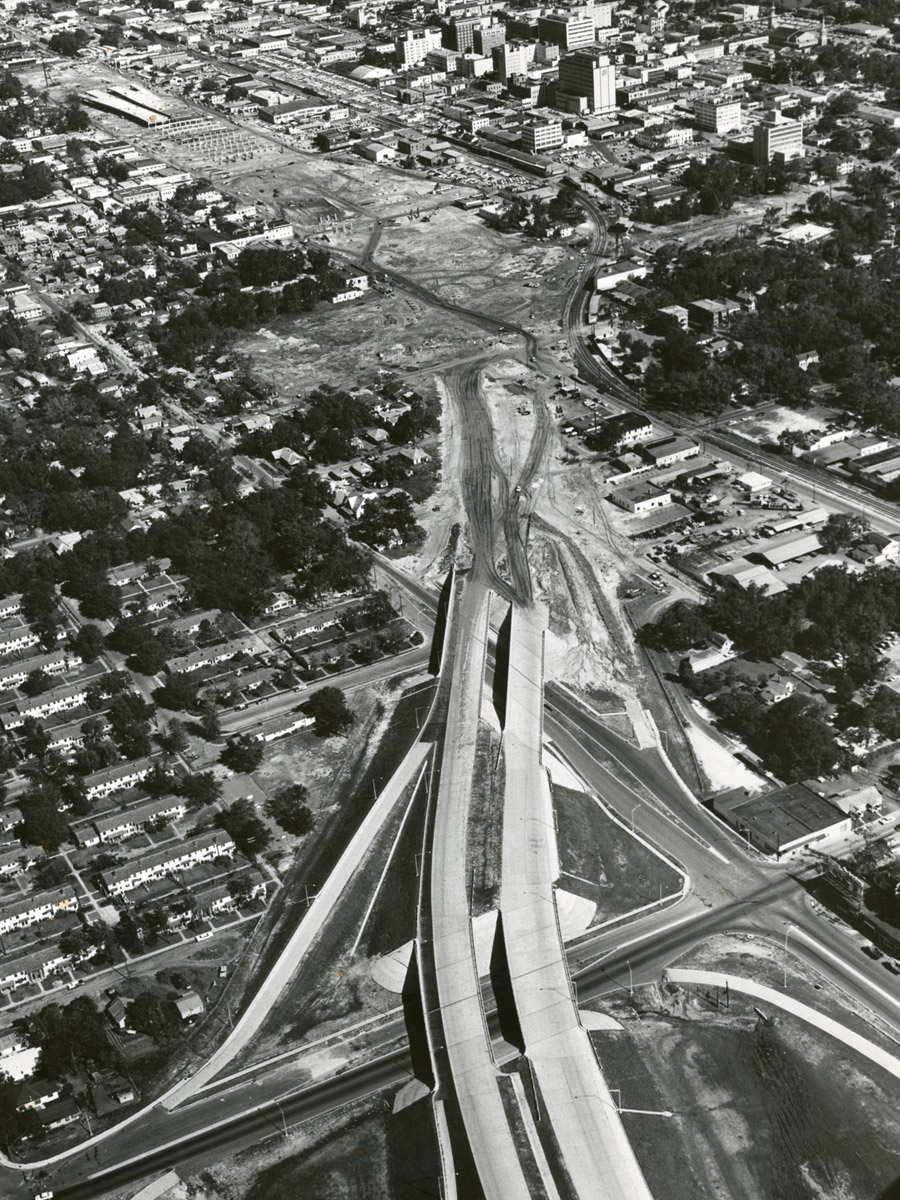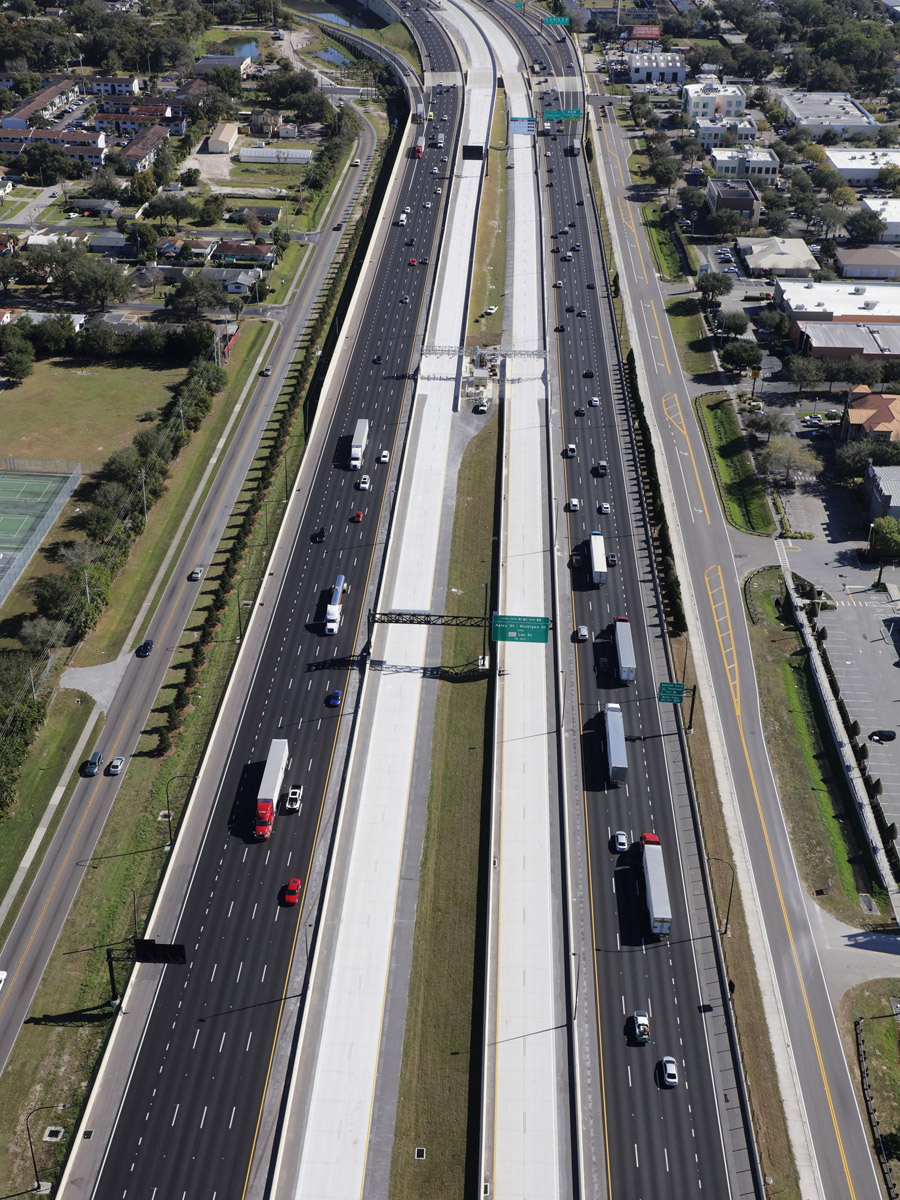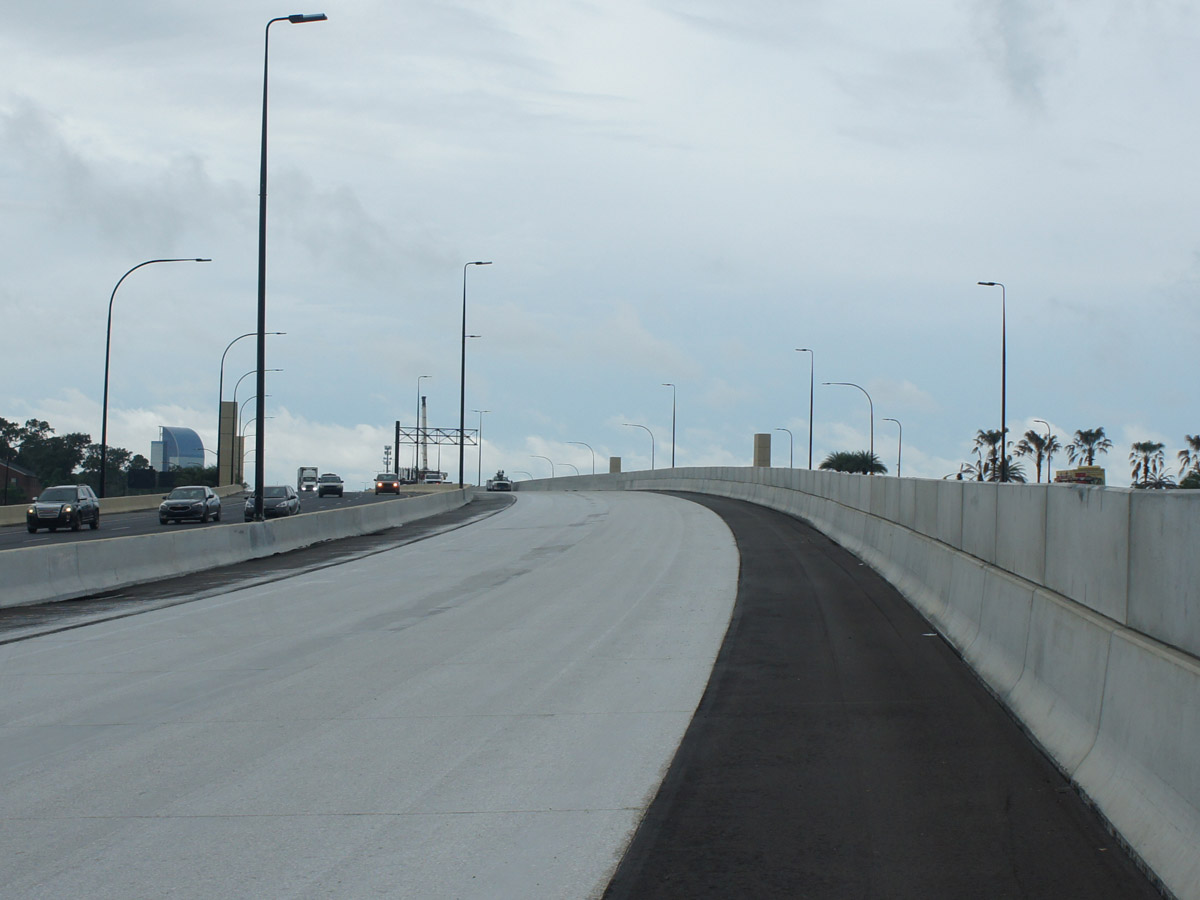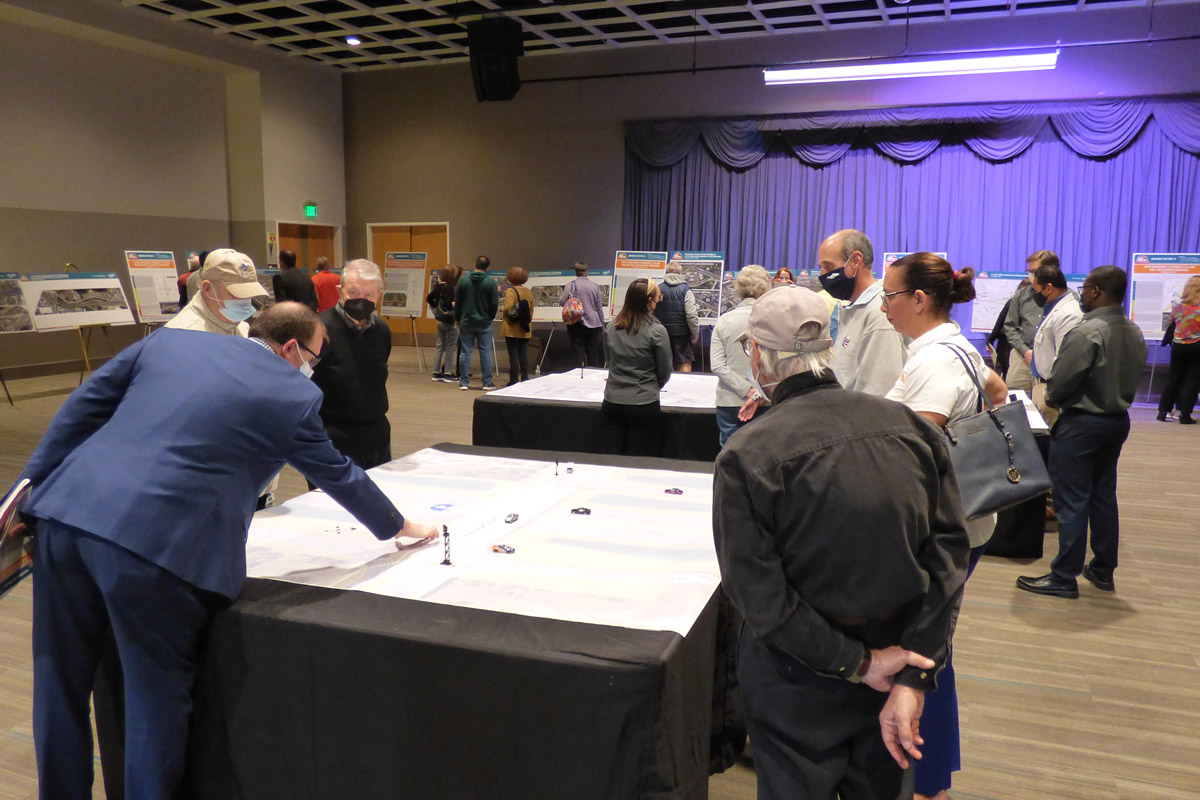History of I-4: The Forgotten Roots of the Road That Would Remake Central Florida

|
|
Construction of Interstate 4 in Orlando - including this area south of downtown - was completed in 1965.
|
|
|
Interstate 4 (I-4) has played such a large role in the lives of Central Floridians and in the rise of our region as an economic power that it may seem like the road has been here nearly as long as the sandy soils below it.
But back in the late 1950s and early 1960s, when civic leaders talked about an interstate, some residents balked. They didn’t see the need for a transportation backbone. After all, Orlando was still very much a citrus town, and Orange County had about 200,000 residents compared to 1.4 million today. There were no theme parks, huge public universities, big hotels, or burgeoning high-tech and health care sectors.
So today, as the massive I-4 Ultimate project starts to wrap up and the new express lanes prepare to open to improve safety and mobility in a growing region, it’s a good time to recall the history of the roadway and the national movement behind its construction.
Origins in the Eisenhower Administration
I-4 arrived in Central Florida in the early 1960s as part of the national effort to link cities and states by a network of modern highways. At the time, long-distance travel by car often meant coping with slow-moving local roads, frustrating stoplights, and jarring potholes.
The effort to create a national interstate system began officially in 1956 when President Dwight D. Eisenhower approved the legislation to fund it.
Eisenhower had foreseen the need for a modern road system after witnessing Germany’s high-speed highways when he led Allied forces to victory over the Nazi regime in World War II. The future president realized the advanced highway had helped move military and civilian supplies in war and peace.
I-4 Opens New Era for Orlando
In March 1965, I-4 opened in Orlando. Engineers designed it to handle 70,000 vehicles per day. As the region grew, the busiest sections handled more than 200,000 a day, and the Florida Department of Transportation (FDOT) worked to keep pace by adding lanes and interchanges.
In 2015, faced with limited room to expand, FDOT broke ground on the long-planned I-4 Ultimate – the 21-mile makeover and expansion through the heart of Orlando. Designed to help meet current demands, the road also can support future advances in transportation.
Monumental Game-Changer
In 1963, the under-construction interstate caught the eye of Walt Disney, who was scouting locations for the new theme park he would announce two years later.
Disney realized the new highway could carry thousands of visitors to an area south of Orlando where his second and larger theme park would open in 1971. While Walt Disney World drove the area toward a new future, I-4 turned out to be a necessary element in the transformation from small town to international renown.
Over the decades, the question of managing growth while minimizing negative impacts has remained vital. But there is no question that I-4 stimulated economic growth and promoted a diversity of businesses – all while becoming an essential part of the daily supply chain that keeps Central Florida thriving.
See next month’s newsletter for Part 2: Present-day I-4.
|









